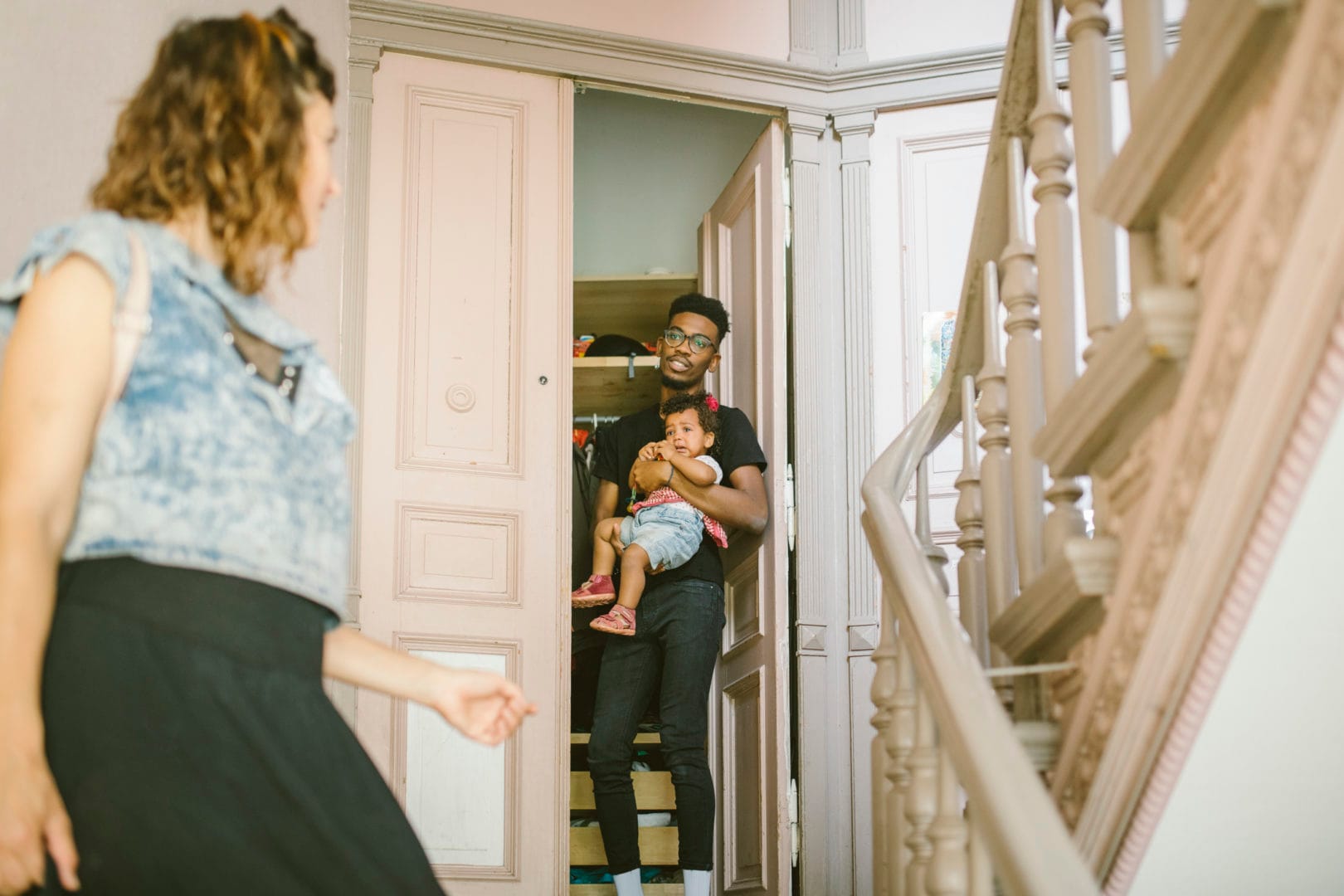Most parents approach their first time away from their infant with mixed feelings. It’s OK to be excited to do something for yourself and terrified about leaving your baby with someone else all at the same time.
Lisa Murphy, an early childhood educator, author and founder of Ooey Gooey, says, “Trust, communication and a nurturing relationship are essential in any child care partnership.”
Elizabeth Pantley, parenting educator and author of the “No Cry Solution” series, remembers this milestone well. Her oldest daughter was 10 months old the first time Pantley left her with a babysitter.
“On that momentous day, our leaving was punctuated with a horrendous scene: Angela’s little face and hands pressed against the window, tears flowing down her face as we drove off. It broke my heart into a million pieces,” Pantley says.
When Pantley returned an hour later, she says, “[Angela] launched herself into my arms and clung to me as if I was her lifeline.”
Though the first time with a nanny was tough (aren’t all new things?), Pantley and her husband were eventually able to enjoy weekly date nights while their little ones happily played with the sitter at home. If Pantley and her family can do it, you can, too.
Here are five tips for making the transition easier on everyone.
1. Prep the sitter
You’re the expert on your child, so write down your tot’s daily routine, favorite toys and the best way to comfort him. Make sure all the supplies (formula or breast milk, bottles, baby food, diapers, powders, clothes, etc.) that may be needed during the day are organized and laid out. After all, leaving a movie early because you forgot to put formula in the diaper bag sets everyone up for a stressful first encounter.
2. Ease into it
Give your child time to get used to the new caregiver or environment. Have them come over for an hour or two several times before the big day or make arrangements to visit the child care center together earlier in the week. Allow the new caregiver to interact with your baby while you’re nearby, but don’t force it. Building a relationship takes time.
3. Transfer your baby gently
When the time comes, Pantley advises against handing your little one to the caregiver right away.
“It’s the ultimate separation-anxiety producer,” she says. “Make the change with your baby in a neutral place, such as playing on the floor or sitting in a swing, high chair or baby seat. Have that person engage your baby’s attention as you say a quick, happy goodbye.”
Once you’re gone, the sitter should pick up your baby, Pantley says. This puts the caregiver in a good position to be the “rescuer,” which will start the interaction off on a positive, trusting note.
4. Don’t sneak away
It might seem easiest to sneak off while your baby is asleep or distracted in another room, but this could make your child fearful you’ll disappear without notice at any time. Yes, there will probably be tears as you say goodbye, but make sure your child sees you leaving. Something as simple as words or actions repeated each day, such as “I’ll see you later” or a kiss on the forehead, will help prepare your baby for your departure. Once you go, stay gone until it is time for pickup. Many parents come back to comfort their child when they start to cry, prolonging the goodbye and making the experience more traumatic for everyone.
5. Trust that it will be OK
Whether you’ve hired a sitter, enlisted Grandpa to help or snagged a spot at a child care center, you obviously put a lot of time and thought into finding the right caregiver for your little one. Trust all of the research, interviews and reference checks you put into this. Once you’ve chosen someone that you’re comfortable with, set up a way to check in regularly so you can continue to be rest assured about the care your baby is receiving.





